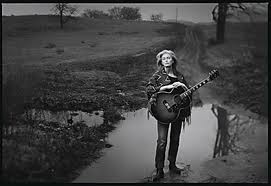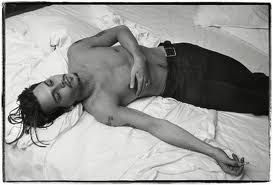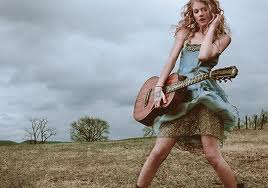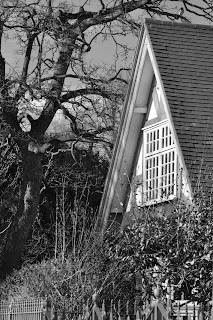Annie Leibovitz was born in Connecticut on 2nd October 1949. Her father was in the US Air force and she took her first photographs while stationed with her family in the Philippines during the Vietnam War. Annie attended the San Francisco Art Institute and developed her photography whilst working several jobs and living in Israel for several months. Much of Annie Leibovitz inspiration was taken from the works of Robert Frank and Henri Cartier Bresson and their work of personal reportage.
In 1970 she began work at the Rolling Stone Magazine and in 1973 Jann Wenner co founder and publisher made her chief photographer. During this time she photographed the Rolling Stones at the time Robert Frank was touring with them so she got to watch Frank work. A few years later Annie got to go on tour with the Rolling Stones and be their tour photographer before going on to work for Vanity Fair and Vogue Magazines.
This is probably one of Annie Leibovitz most famous photographs of John Lennon and Yoko Ono taken on December 8th 1980. Annie had wanted John on the front cover of Rolling Stone magazine but John wanted him and Yoko on the front cover. It was Annie's idea that John should be naked and Yoko fully clothed. This image shows his vulnerability towards his wife and how much he must have loved her. John Lennon said she had captured their relationship perfectly. A few hours after this picture was taken John Lennon was shot dead.
The next three of images are taken from Annie Leibovitz, American Music Exhibition which is a travelling exhibition of seventy black and white and colour images taken of American Musicians in intimate settings.
Twenty five years after starting at the Rolling Stone magazine Annie decided to photograph music with a mature eye so she travelled around America and created portraits with her own flair. These images were mainly shot in 2001 and 2002 although she did use some images shot from the 70s.
This image is Pete Seegar an American Folk Singer and all that is captured is the banjo being held. I really like images of musical instruments in black and white especially when captured old musical instruments. The image has nice perspective and the composition aspect of the rule of thirds shot with a narrow depth of field the background is blurred bringing your focus to the instrument. The image has a nice tonal range and contrast with the banjo against the background and the fret board.
This image of John Frusciante the former guitarist with the Red Hot Chilli Peppers has so much going on your eye is guided all around the image. Using the composition aspect of the Rule of Thirds with almost everything within the image together with lines the subject seems unaware of what is happening almost lost in the music. I think this image was taken after John left the Red Hot Chili Peppers and shows him alone surrounded by musical instruments and no band members.

I really like this image of Emmylou Harris which was taken in Franklin Tennessee in 2001. This image shows a country singer stood in the middle of the countryside with a guitar and this is the typical kind of work you can expect from Annie Leibovitz. This image represents the composition aspect of lines and the rule of thirds as the road behind the subject guides the eye through the image. This image appears to have been taken at an angle slightly above the subject which has ensured that the road and landscape behind has remained fully in the image.

This image of Johnny Depp taken in 1994 in New York. Johnny Depp has a really interesting look which makes him naturally photogenic. This image shows Depp in dark trousers against his dark skin and dark hair which is then contrasted against a high key background. His expression is listless and uninterested in whats going on around him.
Reportage is an important part of Annie Leibovitz photography, the early images taken in the Philippines and later in 1982 she covered the Israeli invasion of southern Lebanon for the Rolling Stone. This image was taken in Sarajevo in 1993. Its almost as though the bike has come to a standstill and war has taken over. Bikes can make very interesting images I think it must be the lines but this image I think is a sad image.
Celo, Bosnian Army Commander, Sarajevo 1993. This image was taken during a trip in which Annie went to do a set of portraits which Vanity Fair agreed to publish. You only had what you could carry, a backpack full of clothes, a bullet proof vest, a Contax with small variety of lenses and a Fuji 6x9 with fixed lens.
I like the contrast of this image with the low key background of the leaves and the high key tones of the chair and the dress. The rule of thirds is present with the positioning of the subjects. I like the textures which are created with the leaves and the fabric.
I really love this image which simply shows a contrast of expression. A really nice contrast is present with the dark background and the image has a nice tonal range. The focal point is on the faces and the image is framed close to the subject.

This is one of my favorite images as I really like the colours within the image. The colours have been achieved in post production which give a nice soft touch to the image. The rule of thirds is present with the subject. This image has been taken at a low angle which has captured the clouds in the background present prominent within the image.



















































